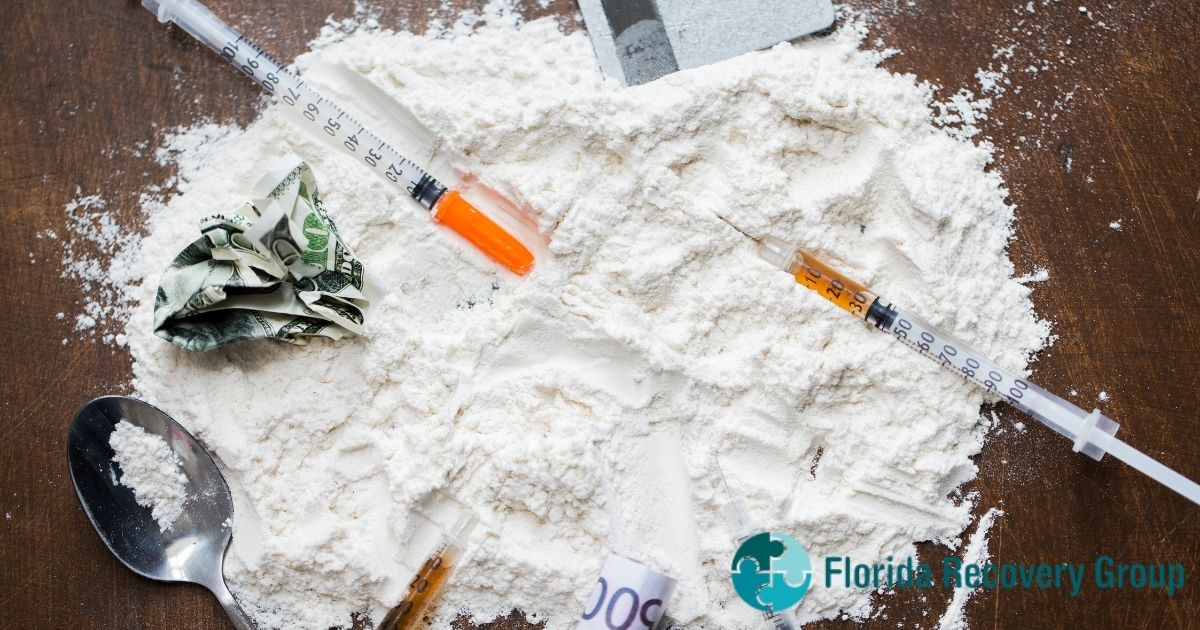

However, whereas powder cocaine dissolves in water, crack must be dissolved in an acidic solution such as lemon juice or white vinegar, a process that effectively reverses the original conversion of powder cocaine to crack.

Crack cocaine can also be injected intravenously with the same effect as powder cocaine. Whereas cocaine hydrochloride cannot be smoked (burns with no effect), crack cocaine when smoked allows for quick absorption into the blood stream, and reaches the brain in 8 seconds. Crack vaporizes near temperature 90 ☌ (194 ☏), much lower than the cocaine hydrochloride melting point of 190 ☌ (374 ☏). This pulls the oil up and spins it, allowing air to set and dry the oil, and allows the maker to roll the oil into the rock-like shape. It is at this point that the oil is picked up rapidly, usually with a pin or long thin object.
Cook cocaine into crack with spoon water and baking soda free#
Free base cocaine separates as an oily layer, floating on the top of the now leftover aqueous phase. Loss of CO 2 prevents the reaction from reversing back to cocaine hydrochloride. The heating accelerates the degradation of carbonic acid into (CO 2) and water. Once mixed and heated, the bicarbonate reacts with the hydrochloride of the powder cocaine, forming free base cocaine and (H 2CO 3) in a reversible acid-base reaction. This process is frequently done with baking soda (sodium bicarbonate), water, and a spoon. The net reaction when using sodium bicarbonate is Coc-H +Cl − + NaHCO 3 → Coc + H 2O + CO 2 + NaCl With: Coc-H +Cl − + NH 4HCO 3 → Coc + + CO 2 + H 2O With: 2(Coc-H +Cl −) + (NH 4) 2CO 3 → 2 Coc + 2 NH 4Cl + CO 2 + H 2O Crack cocaine is frequently purchased already in rock form, although it is not uncommon for some users to 'wash up' or 'cook' powder cocaine into crack themselves. (NaHCO 3, common baking soda) is a base used in preparation of crack, although other may substitute for it. A close up of the 'cooking' process that creates crack. Use of toxic adulterants such as has been documented. Leave the spoon with the crack rock in it to dry on a window sill in the sun or finish under a lamp.Ĭrack cocaine as sold on the streets may be or 'cut' with other substances mimicking the appearance of crack cocaine to increase bulk. Almost no crack will come off the spoon with the water. When the water in the spoon is cooled slowly pour the water of the tip of the spoon, into a coffee filter if you have one.

Keep the spoon perfectly still and it will form before your eyes. Purer forms of crack will sink in water or melt at the edges when near a flame (crack vaporizes at 90 ☌, 194 ☏). A crack rock acts as a (see: ), numbing the tongue or mouth only where directly placed. Purer forms of crack resemble a hard brittle plastic, in crystalline form (snaps when broken). Physical and chemical properties In purer forms, crack rocks appear as off-white nuggets with jagged edges, with a slightly higher density than candle wax.It's also probably more prone to abuse and compulsive use. It's about 60x more potent than cocaine as a dopamine releaser. Tiny amounts get converted to cocaethylene in the liver. It's the reason for mixing alcohol and come being so synergistic. Start small that shit is way more potent than coke. Boiling it in acidic ethanol results in some of it being converted to cocaethylene. My knowledge of coke is purely based on the practice of others. It starts to emulsify above 11.5, from what I hear.


 0 kommentar(er)
0 kommentar(er)
